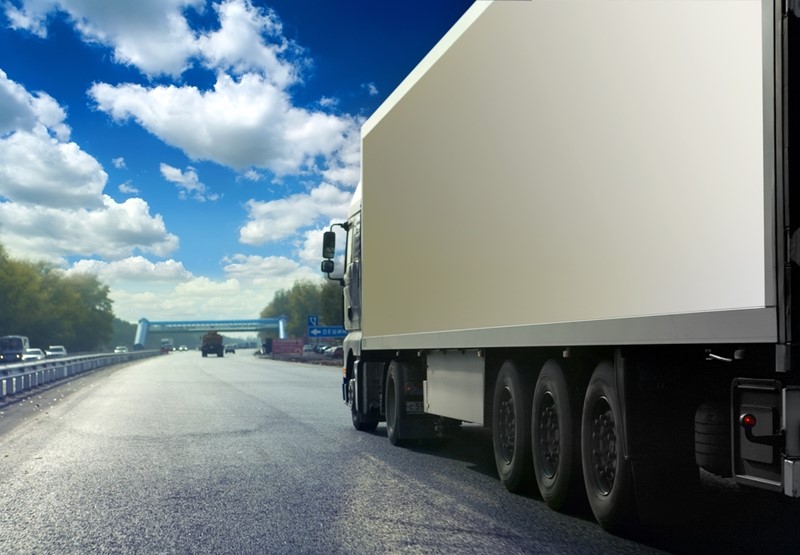Transportation is, and remains, a fundamental component of the global economy. It is also a critical aspect of retailers’ and manufacturers’ supply chains, as their business depends on the delivery and acquisition of products. Unfortunately, transportation is expensive.
From the cost of fuel to the procurement and maintenance of large trucks and fleet vehicles, retailers and manufacturers devote a good portion of their budgets to shipping and receiving. According to the American Transportation Research Institute’s 2013 study, small companies – less than $10 million in annual revenue – spend around 43 percent of their yearly earnings on truck fleets. Additionally, medium-sized organizations with up to $100 million in annual revenue spend about 38 percent of that on transportation, while large manufacturers and retailers with earnings exceeding $100 million per year see 19 percent of that revenue go to shipping and receiving. Businesses are hungry for a sustainable, efficient way to reduce transportation costs in order to succeed in a competitive and high risk-reward industry.
The solution lies in the reverse supply chain, but before outlining best practices, it is important to put the future of transportation costs into perspective. That alone will help many businesses understand where they can achieve maximum savings and to the benefit of this approach.
New federal fees and taxes on the horizon
To any organization in retail or manufacturing markets, the high capital expense involved with transportation should come as no surprise. However, recent news suggests that costs are going up and spending here could increase for the first time in more than a decade.

Miles and time spent on the road are only some of the fees facing retailers and manufacturers.
According to Logistics Management, a report written by the Eno Foundation indicated that the Highway Trust Fund, an organization tasked with operating the U.S. Interstate Highway System, is “broken” and needs to be eliminated because the current approach is not working. However, if roads are not upgraded, it could result in retailers and manufacturers paying more to deliver and receive goods.
The HTF created 166,000 miles of interstate highways around the country, but once construction was completed, the materials stuck around. According to the source, the organization uses the federal fuel tax as its primary source of revenue.
Logistics Management reported that the federal fuel tax has not increased since 1993, most likely due to the political risks. However, a major piece of legislation expires in May 2015, and this funding bill could result in higher federal fuel taxes.
Taxes are currently set at 18.4 cents per gallon on gasoline and 24.4 cents on diesel. When compared to Germany, the U.K., Japan, Australia, and Canada, the U.S. has the lowest fee. Combined with the Eno Foundation’s assertion that federal transport spending will decrease, retailers and manufacturers will likely face increased federal fuel taxes.
Low fuel prices? Not for long
Some business leaders might counter this assertion by indicating that fuel prices are dropping dramatically recently. This certainly impacts the costs to ship and receive products for retailers and manufacturers, but there is no certainty that spending will remain low in the near future. Jonathan Starks, FTR director of transportation analysis, explained to the Journal of Commerce that low fuel costs are temporary.
“The fuel decline is good for total spending, but the base rates being charged by carriers continue to move higher,” Starks explained, according to the source. “While capacity pressure modestly eased from the extremes that persisted during the first half of 2014, it still remains a tight market by historical standards. Once [fuel] prices bottom out and move back up, the overall costs for shippers will move up correspondingly.”

Retailers and manufacturers should also consider the high cost of maintenance.
The reverse supply chain
The bottom line is that retailers and manufacturers need to think fast and implement new solutions to cut back on transportation costs before fuel taxes are imposed and gas and diesel rates rise again. This can be solved in the reverse supply chain. By simply moving products as few times as possible, reducing inefficiencies, and not investing in unnecessary items, retailers and manufacturers can see drastic drops in spending.
It all comes down to lowering the amount of time that surplus products, including returned and overstock inventory as well as idle capital assets, spend on the road, as well as reducing the number of miles traveled. This is possible with an asset management partner that can share its expertise and help retailers and manufacturers implement new reverse supply chain strategies. For example, the creation of carefully planned, shorter transportation routes will reduce both mileage and time on the road.
Additionally, software-as-a-service solutions for asset management, such as AssetZone®, can help those organizations better manage inventory, minimizing transportation costs due to fewer trips. With AssetZone retailers and manufacturers can keep better track of their merchandise as it moves through the supply chain. This process improvement mitigates the costs for surplus assets and enhances the overall value of items.
Transportation is a core aspect of any retailer or manufacturer’s strategies, but it is also a drain on corporate budgets and will continue to be until smarter surplus asset management strategies are in place. Reverse supply chain solutions with a trusted vendor are a clear way to solve the growing spending problem. A best practice is partnering with a trusted asset management organization, as this can contribute to better protocols and procedures as well as reduce the need to send back overstocked and returned products from shelves, or transport idle assets multiple times.



Comments are closed.